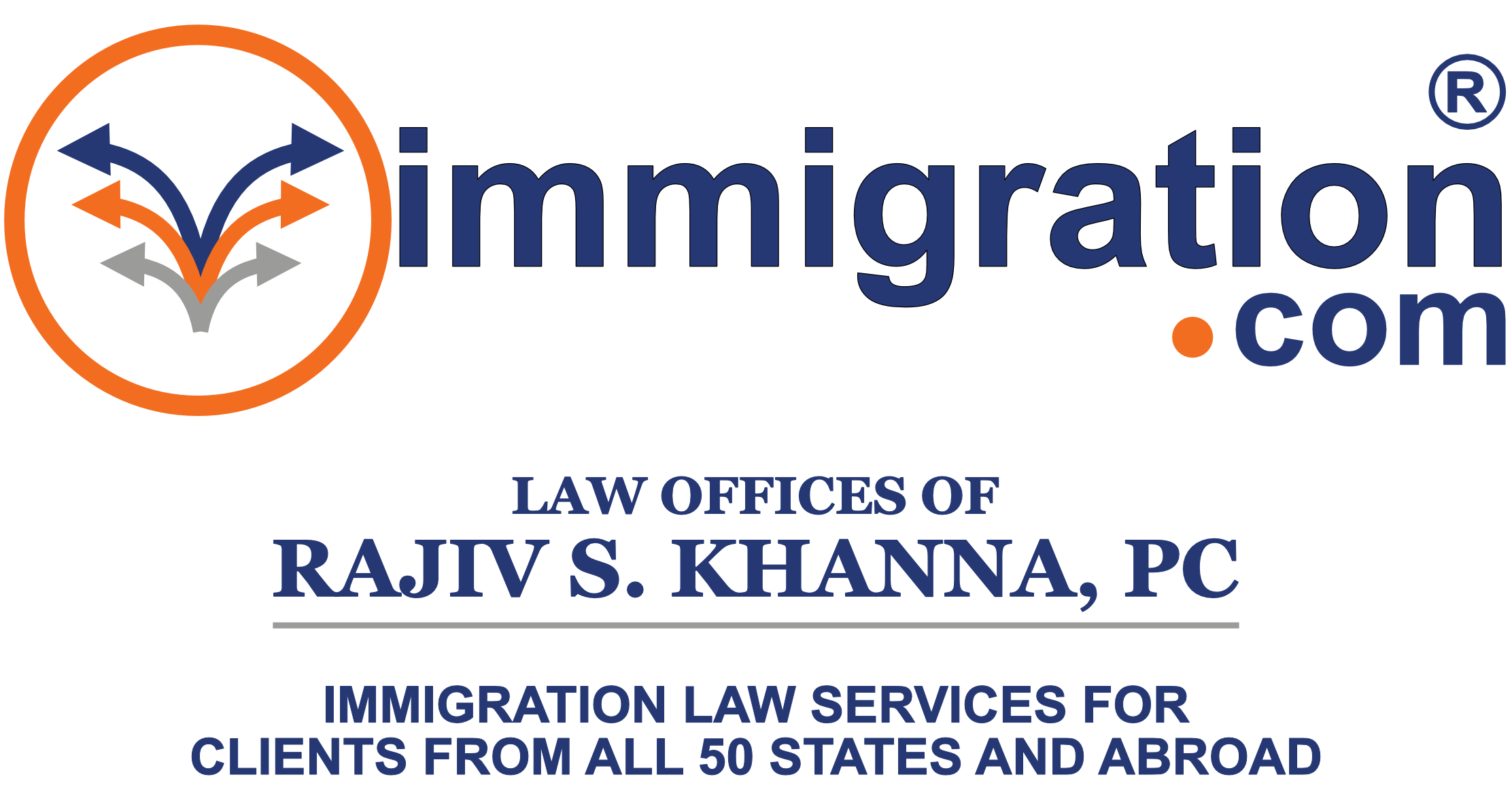I am in my sixth year of H1B, which will expire on July 27, 2025. My I-140 was filed on July 12, 2024, and I expect a decision soon, given the I-140 processing time of 7-9 months. Once my I-140 is approved, I plan to apply for a three-year H1B extension.
My employer operates as a fully remote company, and they support my plan to work remotely from Europe starting June 1, 2025, while continuing to be paid on the U.S. payroll. I worked remotely from India and Europe for around six months during my H1B period without any issues re-entering the U.S. However, I plan to spend most of the next three years (over six months per year) outside the U.S., and I am seeking clarity on maintaining my H1B status, re-entry requirements, and compliance with immigration laws.
Questions:
1.) Given that my I-140 was filed on July 12, 2024, and assuming it is approved soon, should I apply for premium or regular processing for my three-year H1B extension? Would premium processing provide any specific advantages since I plan to work remotely from Europe starting June 1, 2025, while staying on the U.S. payroll, or should I go with standard processing and apply and wait for the decision while I am outside the USA? Perhaps the renewal decision will help before I move out of USA?
2.) What is the maximum time one can spend outside the U.S. each year while still maintaining H1B status? In one of your previous videos on H1B remote work, you referenced 8 CFR 214.2(h) regarding H1B workers' ability to work outside the U.S. while being paid in the U.S. However, I couldn’t find explicit wording confirming this. Could you clarify where this is stated?
3.) Given the current administration’s policies, are there any concerns with staying abroad for more than six months per year for the next three years while on H1B working remotely with a US payroll?
4.) Can I open a company in Europe to obtain residency there while continuing to do the same work remotely for my U.S. employer and receiving my salary in the U.S.? Would this create any H1B compliance issues? How frequently should I visit the U.S. to maintain my H1B status and avoid re-entry issues?
5.) If I visit the U.S. for only a few days or months and work from an Airbnb in the same Metropolitan Statistical Area (MSA) as my employer’s address, do I need to update or amend my H1B petition? If my employer undergoes a USCIS site visit while I am working remotely from abroad, what potential consequences could arise, and how should I handle it?
